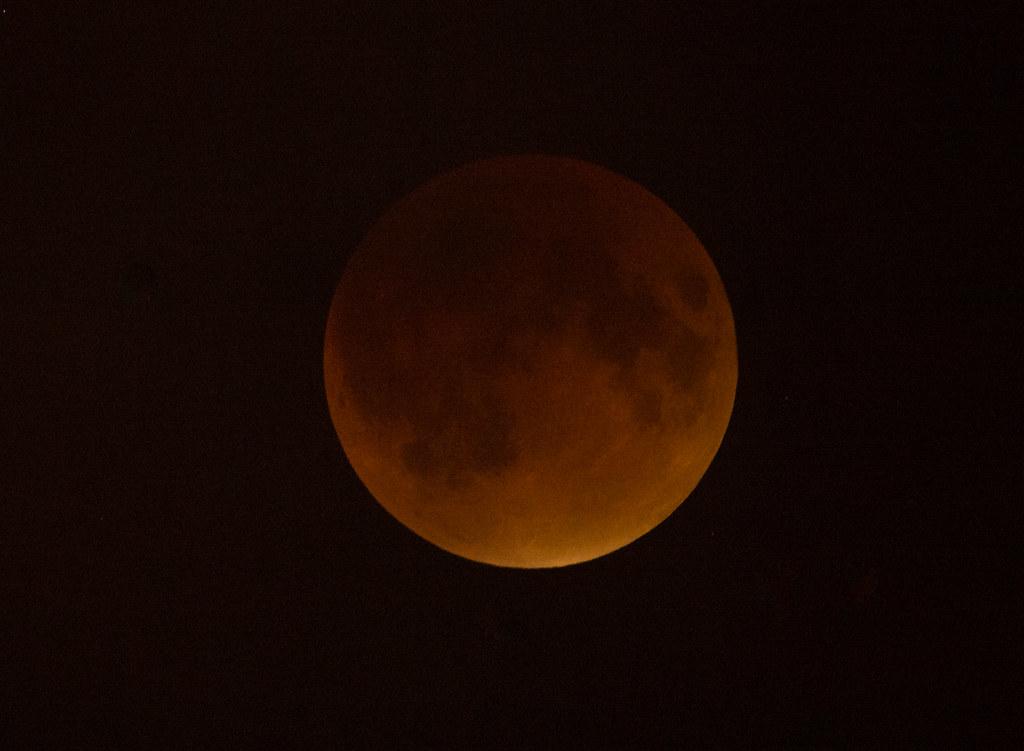
On the nights of September 17 and 18, 2024, a stunning celestial event will unfold—a partial lunar eclipse. Skywatchers around the world are in for a visual treat as this lunar phenomenon graces the night sky, offering a captivating glimpse into the cosmic ballet of Earth, the Moon, and the Sun.
A partial lunar eclipse happens when only part of the Moon enters Earth’s dark umbra (the central shadow). Unlike a total lunar eclipse where the entire Moon is veiled, a partial eclipse creates the appearance of a dark "bite" on the Moon's surface. This natural spectacle is entirely safe to watch without any protective gear, allowing people everywhere to enjoy the view.
Penumbral Eclipse Starts: 0:41 UTC, September 18, 2024
Partial Eclipse Begins: 2:12 UTC, September 18, 2024
Maximum Eclipse: 2:44 UTC, September 18, 2024
Around 8% of the Moon will be hidden in Earth’s umbra at this point.
Partial Eclipse Ends: 3:16 UTC, September 18, 2024
Penumbral Eclipse Ends: 4:47 UTC, September 18, 2024
The eclipse will last for about four hours, with the partial phase spanning just over an hour. As the Moon passes through Earth’s shadow, it will initially experience a slight dimming before a more visible portion of its surface is gradually obscured.
The partial lunar eclipse will be visible across various regions, including:
North America: Especially great views in eastern and central areas.
South America: Certain parts will be able to catch the eclipse.
Europe: Western and central Europe will enjoy clear visibility.
Africa and the Middle East: Many regions in these areas will witness the event.
No special equipment is required to view this lunar eclipse—just step outside and look up. If you have binoculars or a telescope, they can enhance your experience by revealing finer details of the Moon’s surface.
For the best view, seek out a location far from city lights. A quiet park or open field provides a perfect backdrop to witness this celestial show. Bring a comfortable chair or blanket and soak in the beauty of the moonlit sky.
In addition to the lunar eclipse, Saturn will be in close proximity to the Moon, glowing brightly and adding an extra layer of wonder to the night sky. The Moon's passage through Earth’s shadow, coupled with Saturn's visible presence, creates a rare opportunity for both stargazers and photographers to capture the cosmic alignment.
This partial lunar eclipse is notable for a few reasons. It is the final lunar eclipse of the Lunar Saros 118 series, marking the end of an eclipse cycle. It also coincides with a supermoon—when the Moon is at its closest point to Earth (called perigee), making it appear slightly larger and brighter than usual. This pairing of a supermoon and partial lunar eclipse will make the night’s spectacle even more visually stunning.
The upcoming partial lunar eclipse on September 17-18, 2024, is a must-see event for anyone who loves astronomy or simply enjoys gazing at the night sky. The combination of a supermoon and the chance to spot Saturn nearby makes this eclipse an unforgettable experience.
So, mark your calendars and prepare to witness a beautiful night under the stars. Whether you’re an avid skywatcher or just curious about the universe, this event offers the perfect opportunity to pause and appreciate the wonders of the cosmos. Happy stargazing!